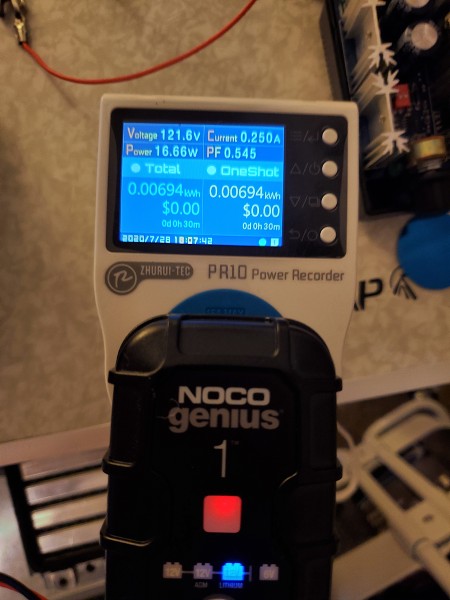Originally posted by bistander
View Post
I am gearing up for the secound round of test's, I have added the new logging watt meter and also I am going to log the volts and amps with my fluke connect meters. I will post the setup soon, I just want to make sure I have everything in place just like was posted. Also thank you for the offer of help!
-Altrez



Leave a comment: